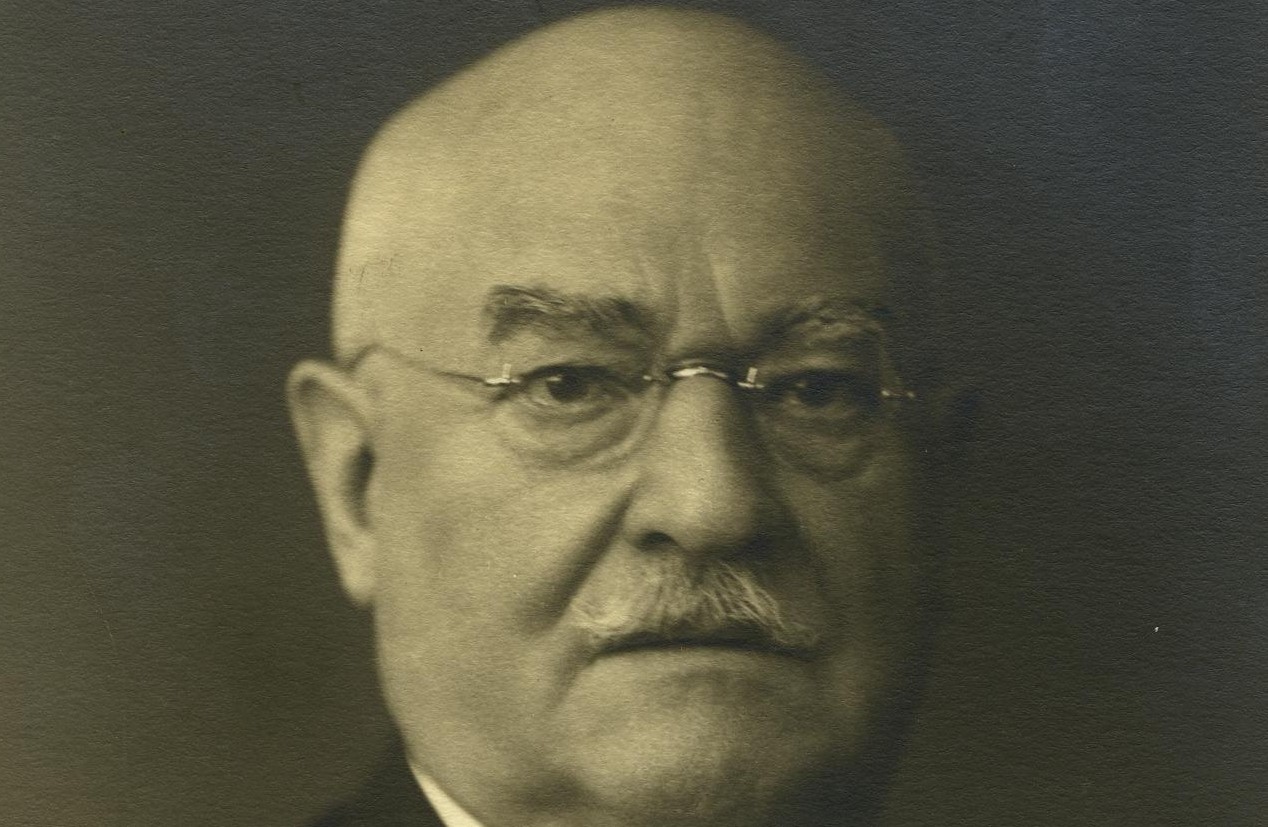The dye company turned the company Bayer into a pharmaceutical manufacturer: Who is Carl Duisberg?
German chemist and industrialist Duisberg, as chairman of the board of directors of Farbenfabrik Bayer (dye company), initiated the merger of the largest German chemical enterprises. He set an example for many chemical factory establishments at the beginning of the century in building housing for their employees.

He was born in Duisberg, Wuppertal-Barmen, as the son of a brocade weaver. Going against his father, who wanted his son to pursue his own career, Carl's mother encouraged him to finish high school.
Although Duisberg was enrolled in a vocational chemistry school in the neighboring town of Elberfeld in 1878, eight months later he went to Göttingen and Jena to study chemistry, physics, and political economy. Here he received the title of doctor of letters in 1882.
Friedrich Carl Duisberg (29 September 1861 – 19 March 1935) was a German chemist and industrialist. One of Duisberg's major achievements was to move Bayer into pharmaceuticals. He supported Gerhard Domagk's eventually successful efforts to discover the first broadly effective antibiotic, Prontisil.
Discovery of benzopurine
After serving for a year in the Munich infantry regiment, he joined the Bayer company in Strassburg in 1883. In 1884, he was hired as a chemist at the Bayer Farbenfabriken (Dye Factories) company in Elberfeld. This business was founded in 1863 by Friedrich Bayer and Johann Friedrich Weskott.
Duisberg henceforth devoted himself to research in the field of dyestuffs. The dye benzopurine 4 B, which he discovered in 1885, became the company's most successful product. Duisberg resolved the patent rights disputes that arose with the marketing of Benzopurine between him and the Berliner Agfa company, which produces a similar dyestuff (Congo red), by signing a cooperation agreement with the said company. Thanks to clever negotiations, Duisberg rose quickly in his career and was given signature authority.
On his 27th birthday, Duisberg married Johanna Seebohm, the niece of Bayer chairman Carl Rumpff.
Membership of the Board of Directors of Bayer Pharmaceutical production, initiated by Bayer in 1888, progressed with the opening of a scientific central laboratory, which started operating in 1891, at the suggestion of Duisberg.
Duisberg took a break from his research work in the following years and took on the planning and organization tasks, which became more important when Bayer took over the Farbenfabrik Dr. Carl Leverkus dye factory in Wiesdorf am Rhein in 1891.
Four years later, Duisberg laid the necessary foundations for the development of the factory by presenting his "Notes on the Structure and Organization of the Leverkusen Dye Factories".
He set an example for many chemical factory establishments at the beginning of the century in building housing for their employees.
Duisberg was appointed to the board of directors of Bayer in 1900. A year before that, upon pressure from Duisberg, a ten-hour working day was introduced. In 1905, the daily working day was reduced to nine hours. He also initiated the establishment of a retirement fund and a worker and civil servant support fund.
Duisberg, who went on a business trip to the USA several times, examined the trust formations in this country. After this, he developed his plans for the merger of large German chemical factories. As a result of Duisberg's efforts, BASF, Agfa and Bayer signed a contract regulating their cooperation in 1904.
Duisberg took over the leadership of the tripartite union two years later. In 1912, he was appointed general manager of Bayer-Werke, which moved its companies to Leverkusen.
During the First World War, Duisberg arranged for several more companies to join them in order to protect their common interests. While all companies maintained their independence and their own organization, their profits belonged to the union of companies and were shared on a percentage basis.
Establishment of LG Farben Company The economic depression that occurred in the 20s caused a decline in the sales of chemical factories. The solution lay in reducing the cost of production. In Duisberg's opinion, this goal could only be achieved by combining all the businesses. His efforts to persuade the companies were successful in 1925. Members of the interest associations united under the name I.G.Farbenindustrie AG.
Duisberg was appointed chairman of both the management and supervisory boards. Duisberg, who had a very compatible meeting partner, never ignored research and science issues as well as his entrepreneurial work. (The Carl Duisberg Foundation was founded in 1929.) Duisberg passed away in Leverkusen in 1935, at the age of 73.
